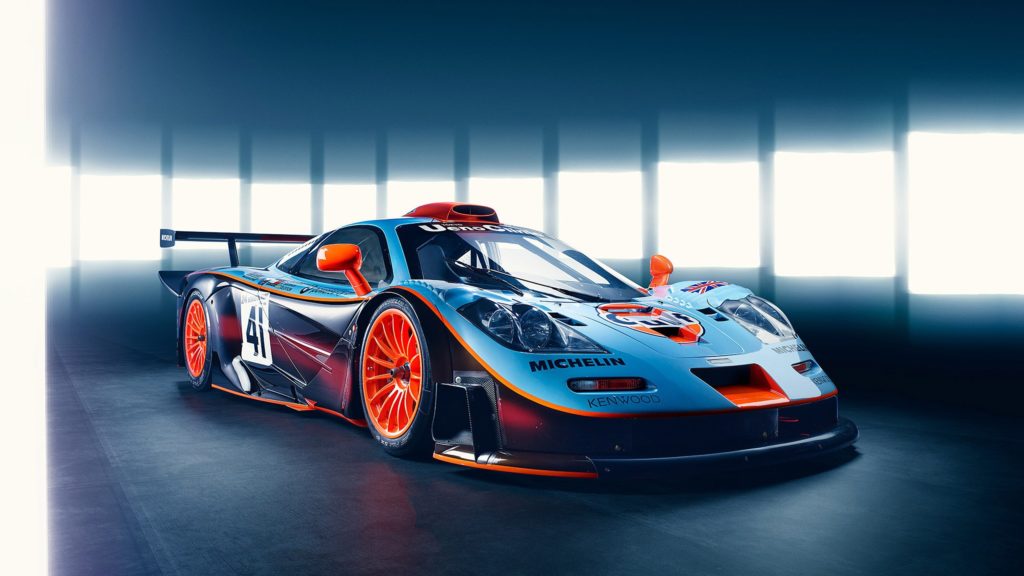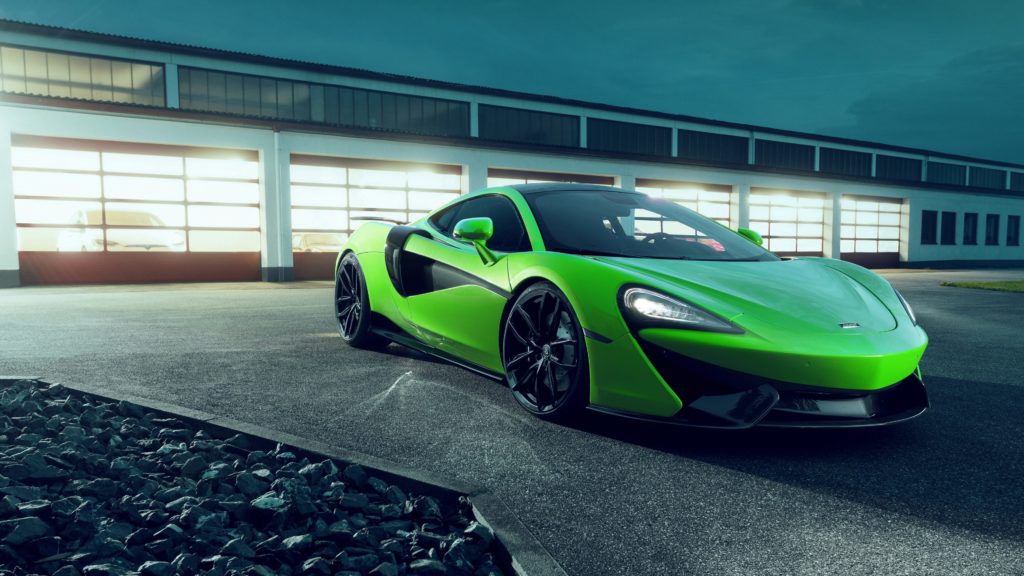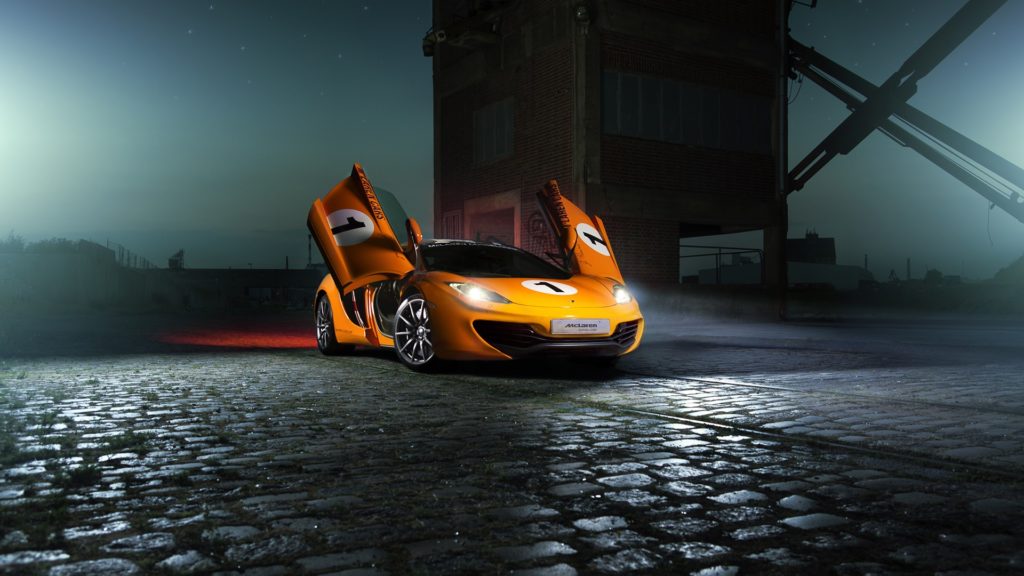Browsing the history of automobile companies can prove to be fascinating.
McLaren’s history is intertwined with racing. Founded in 1963, McLaren automotive is of British origin. It borrows its title from its founder, New Zealand native Bruce McLaren.
Install MyStart Theme for Google Chrome
Its operations are based in Surrey, where it established the McLaren Technology Center as its headquarters; following McLaren Technology Group’s acquisition of the Formula 1 team. In 2010, it was replaced by McLaren Automotive.

Match made in Racing Heaven
McLaren’s long-standing participation in Formula 1 has garnered great success. Boasting an impressive eight constructor’s titles, a dozen driver’s championships and in excess of 180 Grand Prix victories, McLaren has enjoyed stellar success on the race track. McLaren is second only to Italian counterpart Ferrari in terms of medals won. It has accumulated 182 constructor titles to Ferrari’s 229 and 12 championships compared to Ferrari’s 15. This has cemented McLaren’s status as the plucky underdog in the theater of motorsport.
Rise of McLaren
A little known fact regarding McLaren is that its pioneer, Bruce McLaren, was also an excellent driver himself. McLaren clinched the first Constructor’s title in 1967 with him at the wheel, merely a year after officially joining the Grand Prix arena. Despite the founder’s abrupt passing in 1970, it posed no apparent obstacle for McLaren. In fact, the company made its first foray in the Formula 1 arena in 1974. A move that was inevitable now became a reality. McLaren just went from strength to strength, winning the Driver’s Championship in 1974 and 1976 as well. However, it was the 80s which was a truly definitive chapter in McLaren’s success story.

MP4 Series
In 1981, McLaren faced one of its many structural changes. This particular alteration resulted in a merger between them and Project Four Racing, which was the brainchild of the then McLaren chairman Ron Dennis. Every car produced since has been a McLaren Project Four. The first of its kind was titled MP4/1. It paved the way for a decade of astounding success and enabled McLaren to reach the zenith of motorsport.
Stellar Success
McLaren enjoyed an era of unprecedented dominance. It triumphed in 7 out of 8 seasons between 1984 and 1991. The MP4/2 was the car used when McLaren broke its 8 year duck and simultaneously began its streak. Frenchman Alain Prost took the reins from defending champion Nicki Lauda and won back to back titles using the MP4/2B (1985) and MP4/2C. Following a relatively poor season by their high standards in 1987, McLaren made significant alterations in terms of personnel and mechanism. The MP4/4 model was devised and tested extremely well, 1.5 seconds faster than others during trial.
In the 1988 season, Brazilian Ayrton Senna used the MP4/4 model to compete. What followed was nothing short of mythical. McLaren eclipsed its rivals and monopolized the circuit that season, winning 15 out of 16 races that year! That gives it a winning percentage of 94%. The odd one out was a result of a spark plug failure; otherwise, McLaren may well have achieved flawless victory. Such a near perfect record was a novelty then and remains unmatched today.

MP4/4 Specifications
The reason why McLaren was miles ahead of other contenders can be expounded. It was designed by resident engineer Steve Nichols with the vital aid of technical director Gordon Murray. The engine was built by Honda and had a 1.5 liter, RA168E V6 capacity with a longitudinal mount and mid-level range. This replaced the obsolete TAG Porsche power unit. It also had a 1494 cubic centimeters capacity and 900 horsepower output. The induction included twin IHI turbochargers and the car weighed 540 kilograms.
Furthermore, the chassis was a carbon fiber honeycomb monocoque, an innovation made by the team in the early 80s. Engineers owed much to Murray’s previous work at Brabham, where he pioneered the low line chassis blueprint. Front and rear suspensions were double wishbones with actuated coil springs and dampers. Finally, the car’s transmission system was equipped with a Weismann 6 speed manual.
According to Murray, the MP/4 was purposely built to be lean. A reduction of 30% of the car’s front area would allow more air to pass, giving it augmented and radical efficiency. Although in his own assessment, the drivers deserve recognition, the car was an engineering marvel too. The MP4/4 was a manifestation of technical ingenuity, combined with divine talent at the wheel. Therefore, this success can be equally attributed to the craftsmanship of engineers as well, since they never ceased to innovate.
Legacy
Although McLaren upgraded to the MP4/5 version for the next season, to great effect might we add, the MP/4 was an instant where every aspect came together. It was an epitome of peak performance; an optimal point for the team of drivers and engineers in consonance. 1988 was McLaren’s tour de force; the MP4/4 their magnum opus.
It wasn’t until the 21st century that a certain Michael Schumacher replicated such success. In terms of sheer supremacy, only Mercedes AMG’s phenomenal 2016 season compares, where it won 19 out of 21 races. Nonetheless, the legendary exploits of McLaren and MP4/4 left an indelible mark in the annals of Formula 1 history.
Install MyStart Theme for Google Chrome







